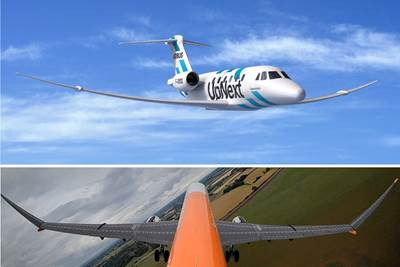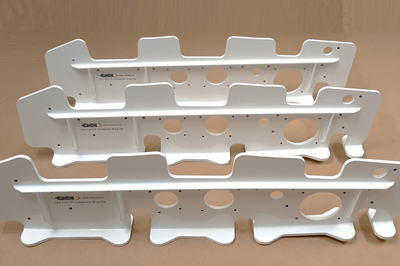The NCC collaborates with Airbus to optimize eXtra wing aerodynamics
In a bid to decarbonize the aviation industry, NCC engineers are looking to design and manufacture primary components for the eXtra Performance Wing “wing box” structure.
Engineers at the National Composites Centre (NCC, Bristol, U.K.), the U.K.’s R&D center for advanced composites, are working with Airbus (Toulouse, France) on its “eXtra Performance Wing” demonstrator program designed to accelerate technologies in wing aerodynamics that improve performance and reduce environmental impact.
The eXtra Performance Wing program is reported to be developing and validating breakthrough active control technologies that can adapt the wing shape and area to the particular weight, speed and altitude of the aircraft to suit fight conditions. This includes pop-up spoilers, multifunctional trailing edges on flaps that can dynamically change the surface of the wing in flight and a semi-aeroelastic hinge that controls a moving folding tip. Compatible with any propulsion system, the active control technologies will be integrated into the wing structure to improve performance and ultimately reduce emissions.
The design phase is expected to be complete summer 2022, followed by the full-scale demonstrator wing manufacturing stage.
Longer, thinner and lighter, the eXtra composite wing design takes its inspiration from nature. Just as an eagle uses its wing and longer tailing feathers to control its flight, the new active control technologies embedded in the wing enables it to adapt its shape, span and surface for increased flight efficiency.
The NCC is working with Airbus to design the demonstrator wing which, being longer than standard, is more flexible, and therefore more susceptible to turbulence. The NCC will look to manufacture primary components of the “wing box” structure to host the new active control technologies, comprising the upper and lower skin cover, and the leading edge and trailing edge spars.
The design phase is expected to be complete summer 2022, followed by the full-scale demonstrator wing manufacturing stage, with the first flight of the demonstrator aircraft following modification of the aircraft with the new wings. The project team is adapting a Cessna Citation VII aircraft for flight tests.
“Composites deliver the strength and flexibility of design that the eXtra Performance Wing demands. Together with Airbus, we’re building on the NCC’s aerospace knowledge and experience, pushing advances in industrial design for composites and the use of novel manufacturing technologies in the pursuit of zero emission aircraft,” Paul Clarke, head of aerospace at the NCC, says. “Following our recent AS9100 quality management standards accreditation, we are well positioned to support the wider U.K. composites supply chain in the development of aerospace technology through to industrial application, potentially opening new opportunities for non-aerospace companies to access this market.”
The design phase of the program is a partnership between Expleo (Paris, France), the University of Bristol (U.K.), the NCC and Airbus and is partly funded through a grant from the Aerospace Technology Institute (ATI, Cranfield, U.K.).
In April 2022, Airbus completed wind-tunnel testing of a scaled-down partly 3D-printed model of the aircraft incorporating the eXtra Performance Wing, to validate the concepts prior to flight tests.
The NCC says it has a long-standing partnership with Airbus, working on major innovation program including the Wing of Tomorrow, which is exploring radical new approaches to the design and manufacture of aircraft wings.
Related Content
Infinite Composites: Type V tanks for space, hydrogen, automotive and more
After a decade of proving its linerless, weight-saving composite tanks with NASA and more than 30 aerospace companies, this CryoSphere pioneer is scaling for growth in commercial space and sustainable transportation on Earth.
Read MoreManufacturing the MFFD thermoplastic composite fuselage
Demonstrator’s upper, lower shells and assembly prove materials and new processes for lighter, cheaper and more sustainable high-rate future aircraft.
Read MoreASCEND program update: Designing next-gen, high-rate auto and aerospace composites
GKN Aerospace, McLaren Automotive and U.K.-based partners share goals and progress aiming at high-rate, Industry 4.0-enabled, sustainable materials and processes.
Read MoreWelding is not bonding
Discussion of the issues in our understanding of thermoplastic composite welded structures and certification of the latest materials and welding technologies for future airframes.
Read MoreRead Next
Airbus X-Wing will test flapping wing tips, multifunctional trailing edges for future aircraft
Demonstrator will test 30%-scale version of 52-meter composite wing with electrically-powered actuating hinged wing tip for improved efficiency and decarbonization in flight.
Read MoreWing of Tomorrow ribs: One-shot, thermoplastic, OOA consolidation
GKN Aerospace’s carbon fiber thermoplastic aircraft rib design accomplishes 45-minute cycle times, reduced weight and competitive costs via a customized press system.
Read MoreVIDEO: High-volume processing for fiberglass components
Cannon Ergos, a company specializing in high-ton presses and equipment for composites fabrication and plastics processing, displayed automotive and industrial components at CAMX 2024.
Read More

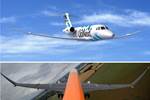
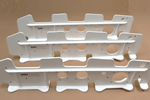

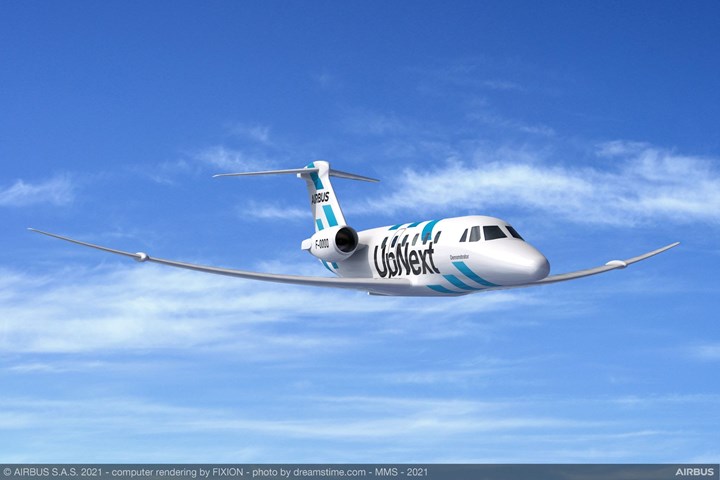













.jpg;maxWidth=300;quality=90)




